
Nancy Ramos is the recipient of the LPL Staff Excellence Award for 2023.
In her role as Executive Assistant for the OSIRIS-REx management team, Nancy provides administrative, technical, and logistical support for the mission team. Nancy excels in her high-pressure role, making the organization of meetings, calendars, and large team events seem effortless. She ensures efficient team communication and manages special projects such as the team's recent move from the Drake building to the Kuiper building. In addition to her many professional contributions, Nancy volunteers to support department activities of all types and to foster a sense of community with LPL as well as the OSIRIS-REx team.
Prior to joining the OSIRIS-REx team, Nancy spent six years in similar administrative roles, first at Northern Arizona University and then at the University of Arizona. Nancy has a Bachelor’s degree in English from Northern Arizona University.
In her free time, Nancy enjoys spending time with her husband and two cats. Nancy adores all things feline and was founding president of Northern Arizona University’s student-run “trap, neuter, vaccinate, return, manage” organization, the Feral Cat Alliance.
Asteroid 47862 Nancyramos was named in her honor.



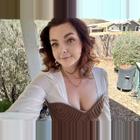 Michelle Burr
Michelle Burr Bennett Neil Skinner
Bennett Neil Skinner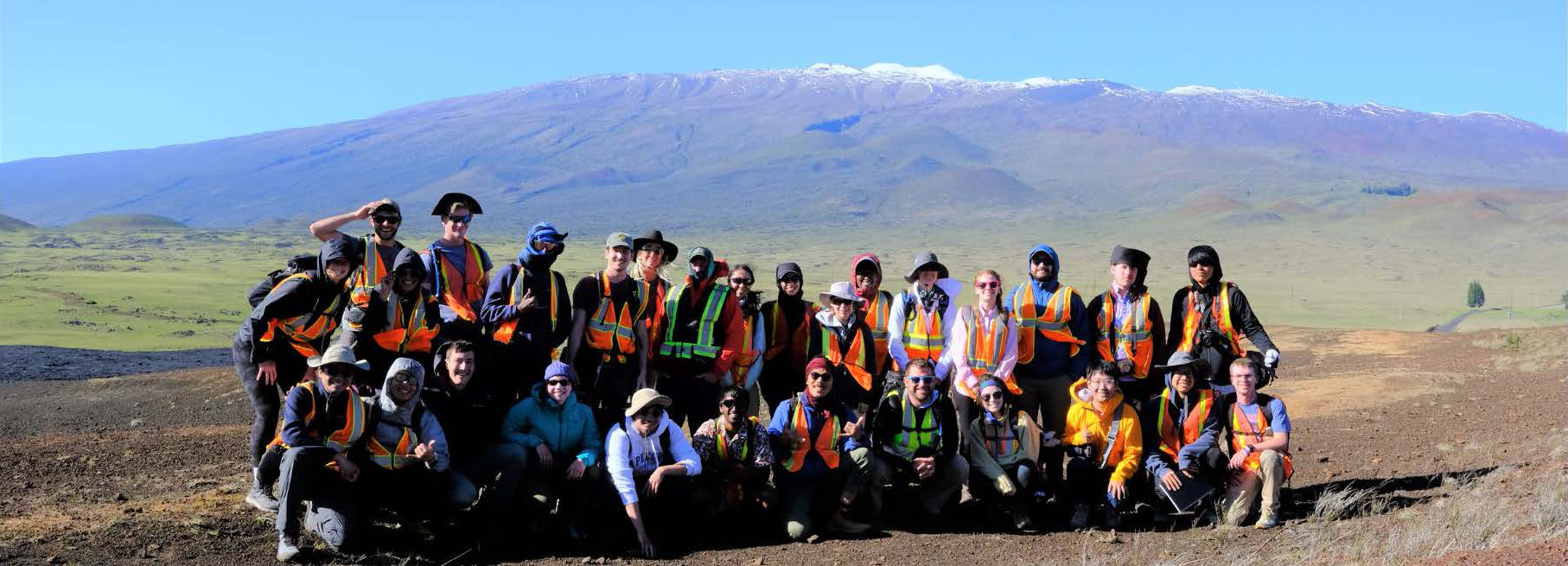
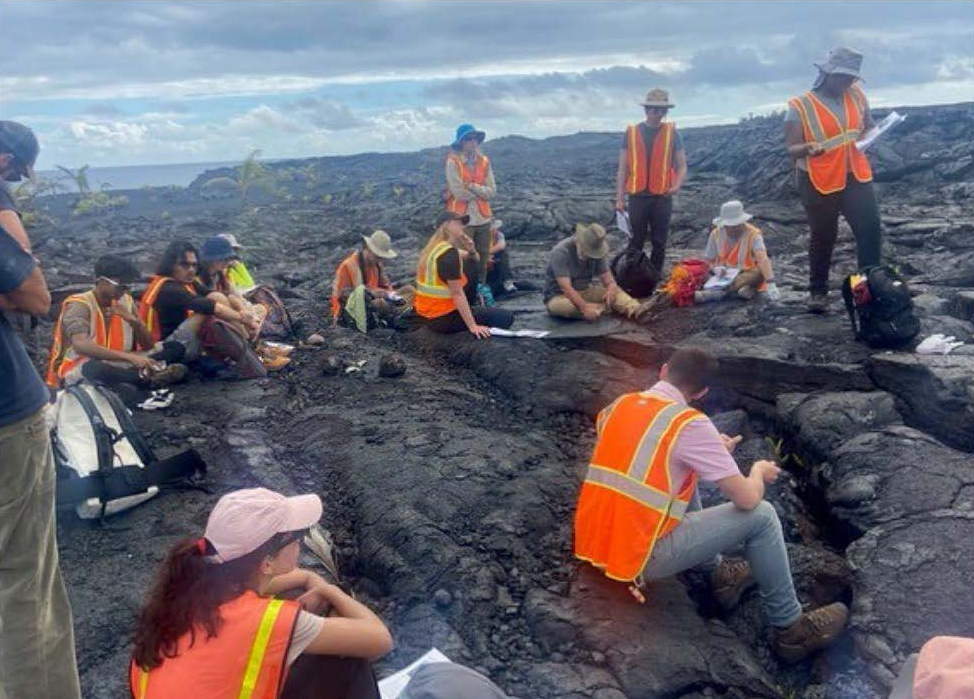
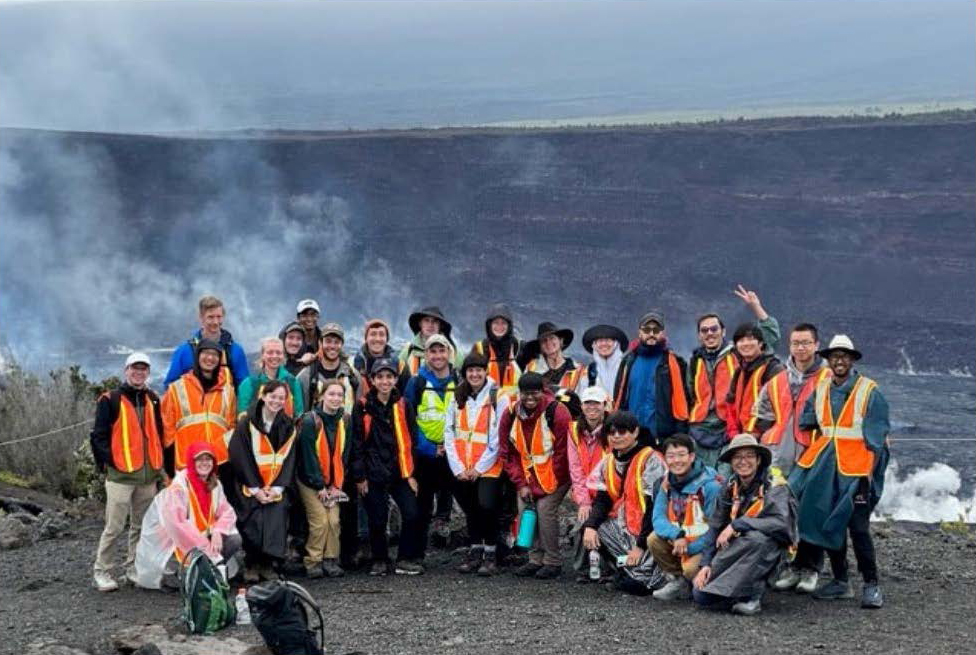
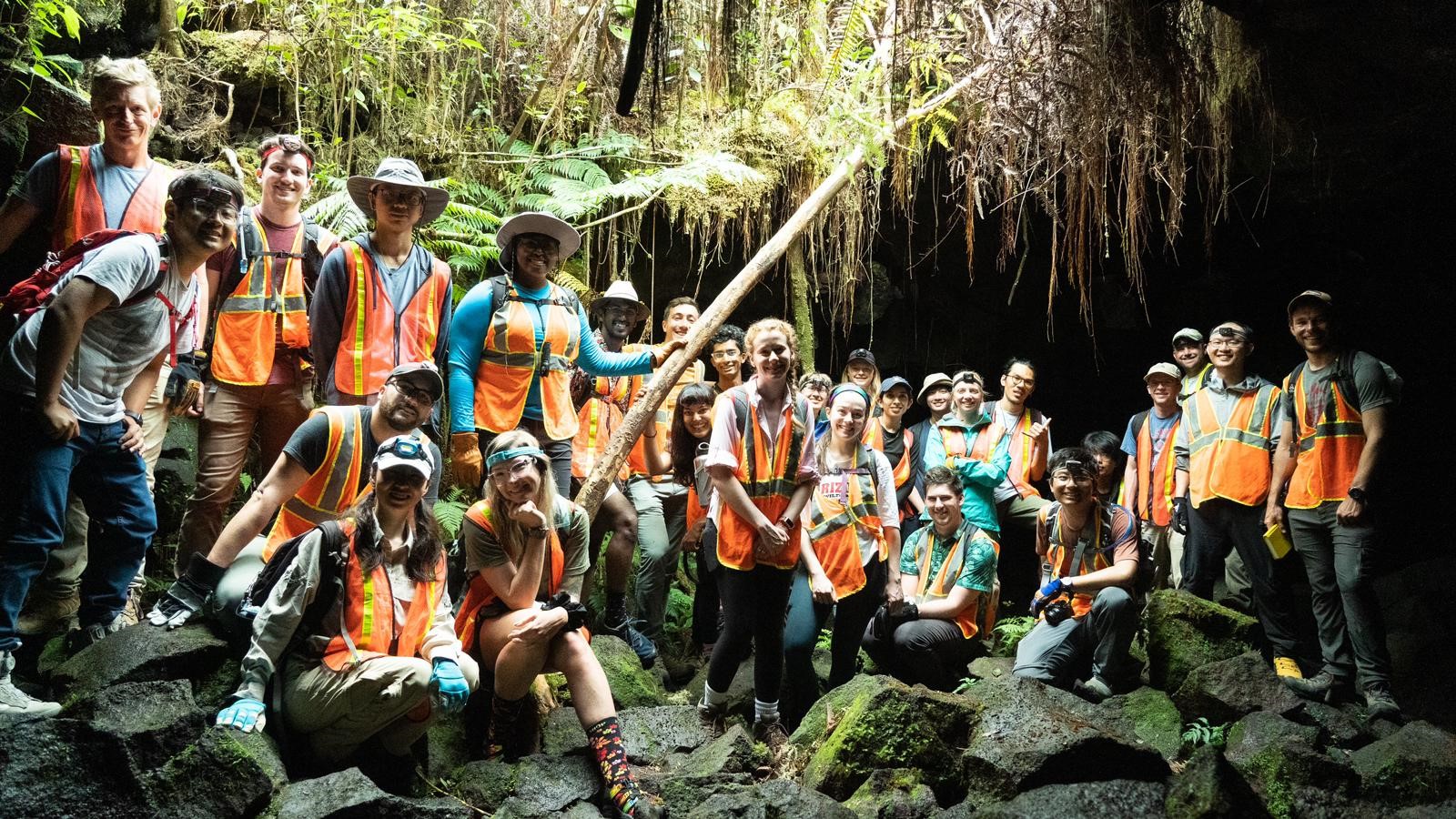
 Rachel Fernandes
Rachel Fernandes


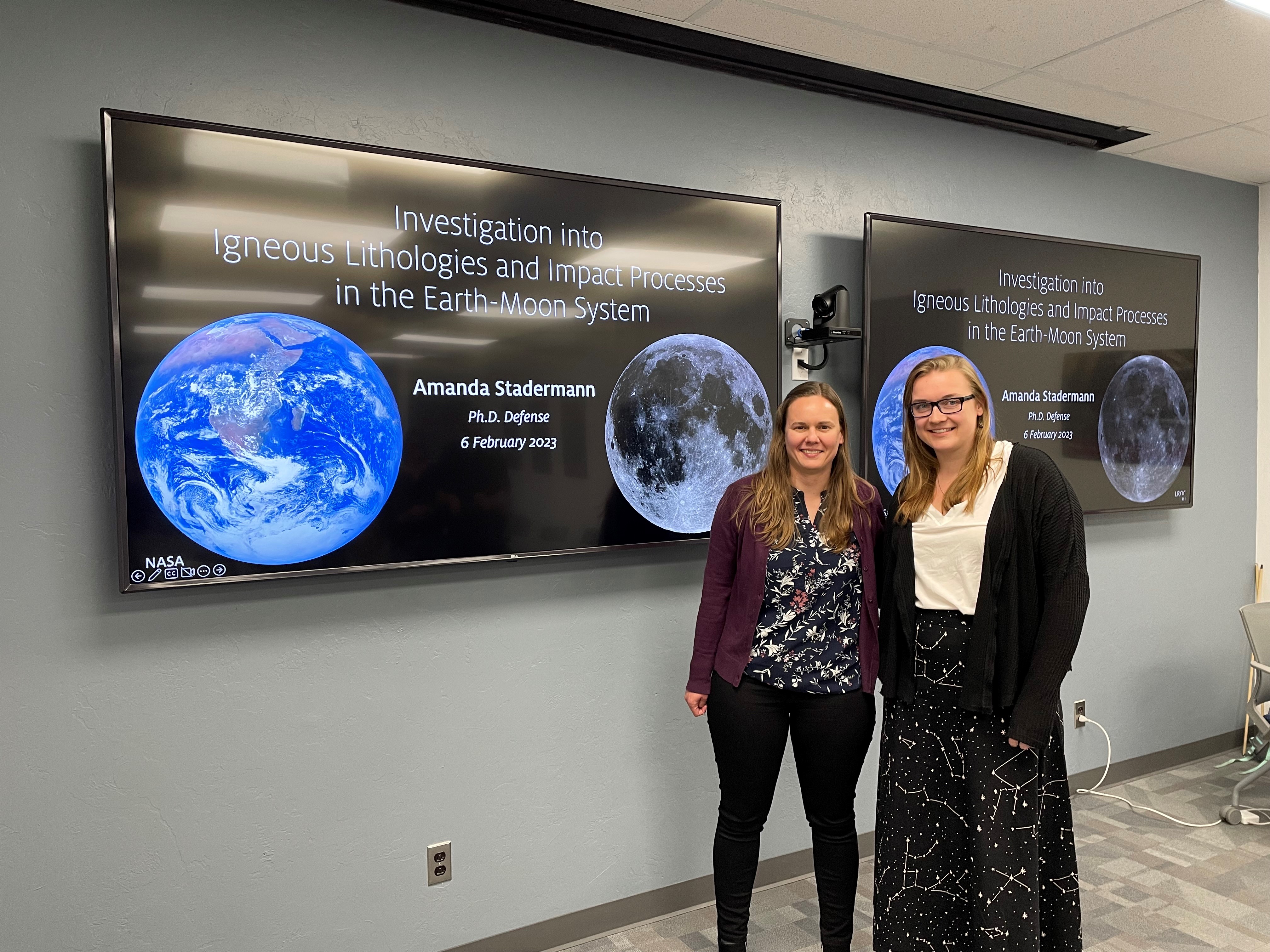 Amanda Stadermann
Amanda Stadermann Tarunika Ramprasad
Tarunika Ramprasad Brandon Tober
Brandon Tober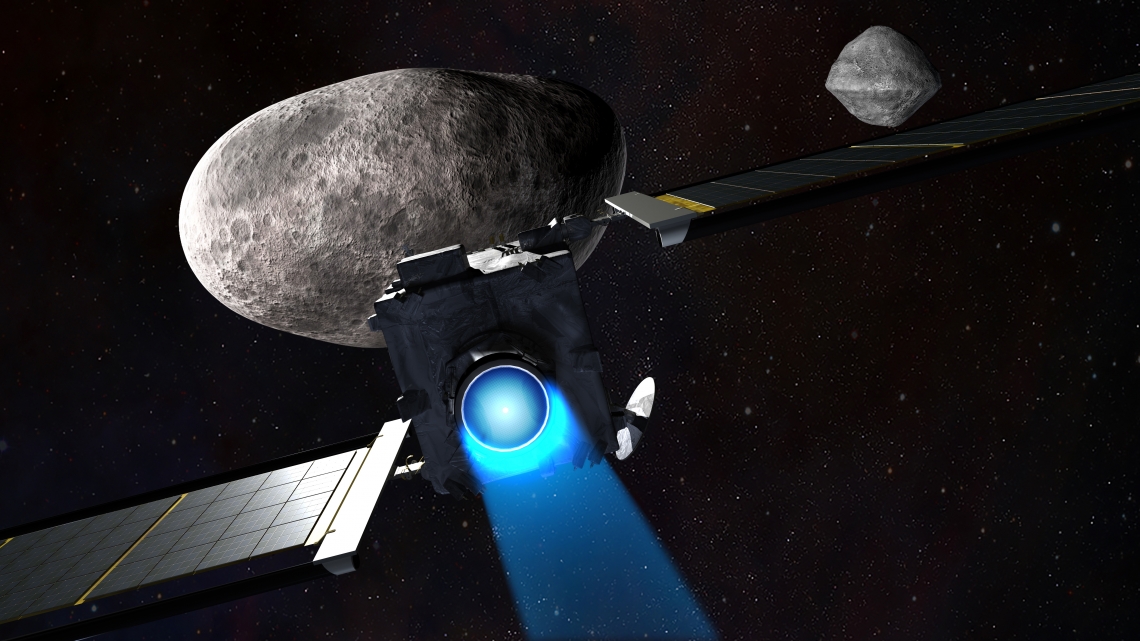
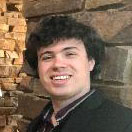
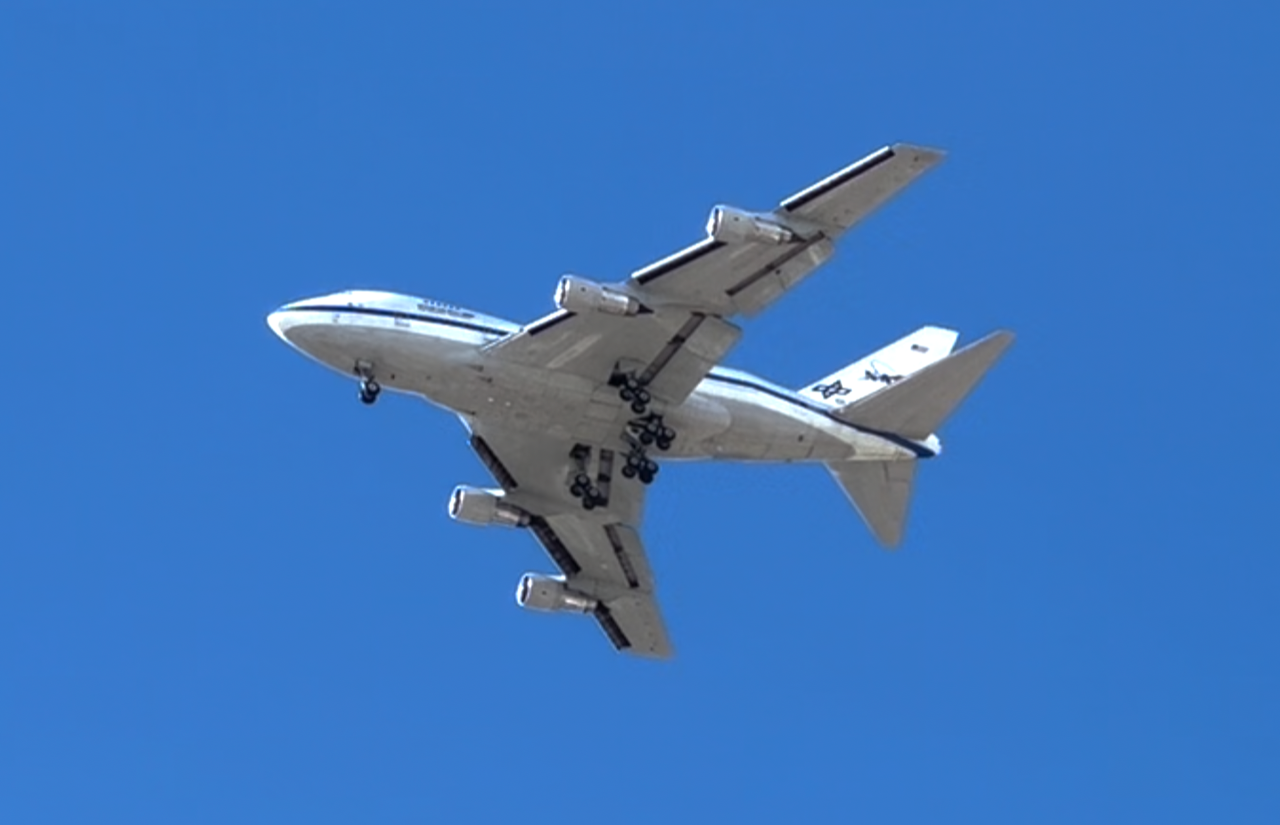
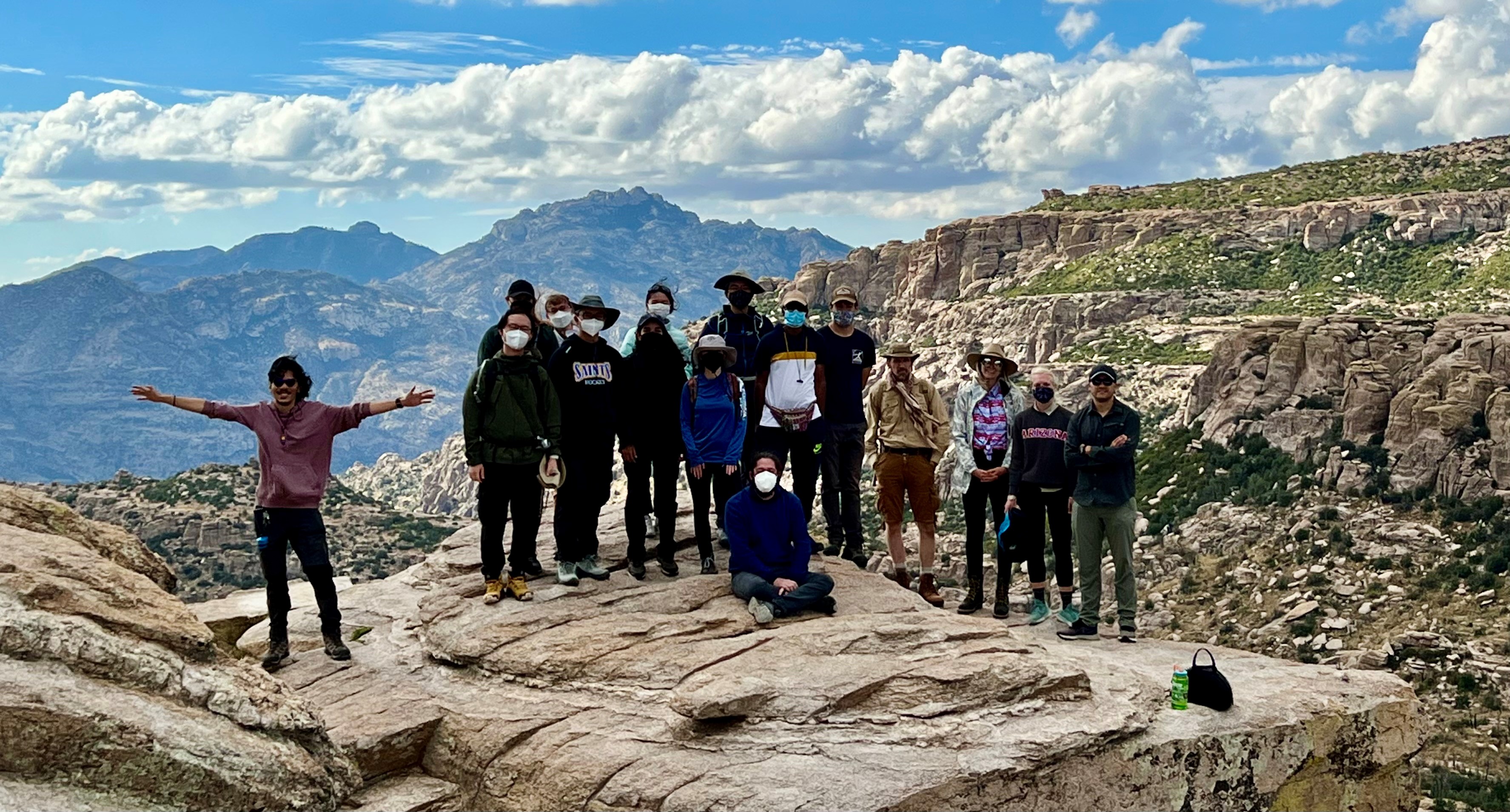

 Reed Spurling is a senior majoring in Aerospace Engineering with minors in Math and
Reed Spurling is a senior majoring in Aerospace Engineering with minors in Math and 